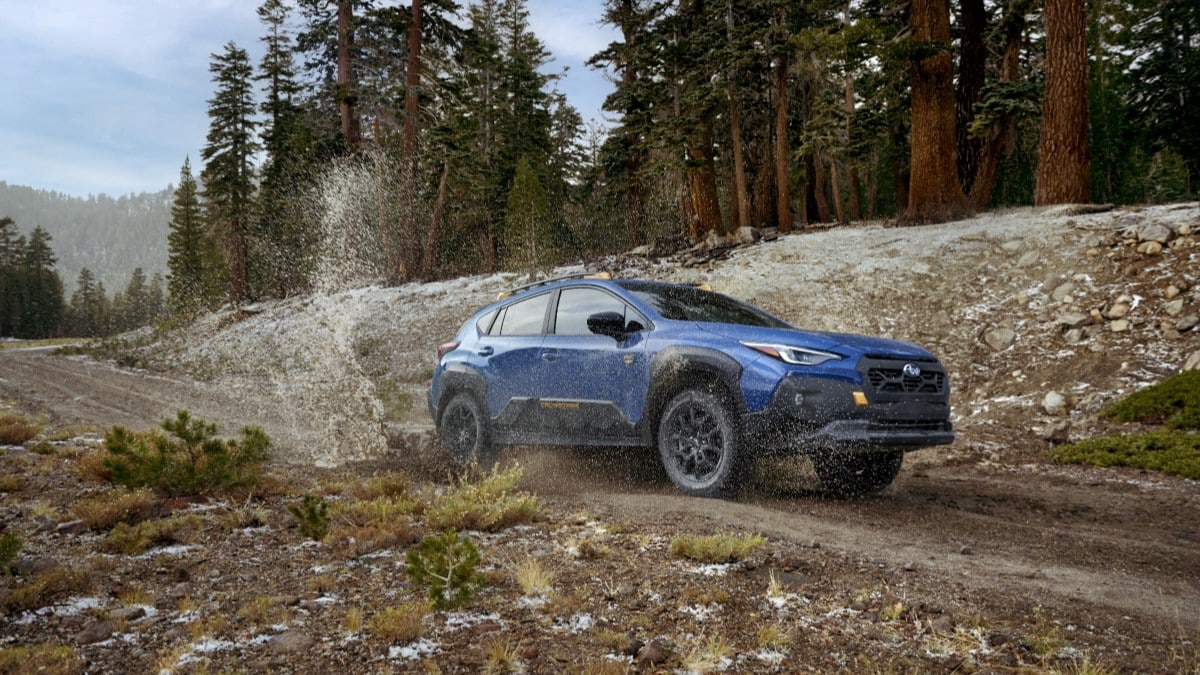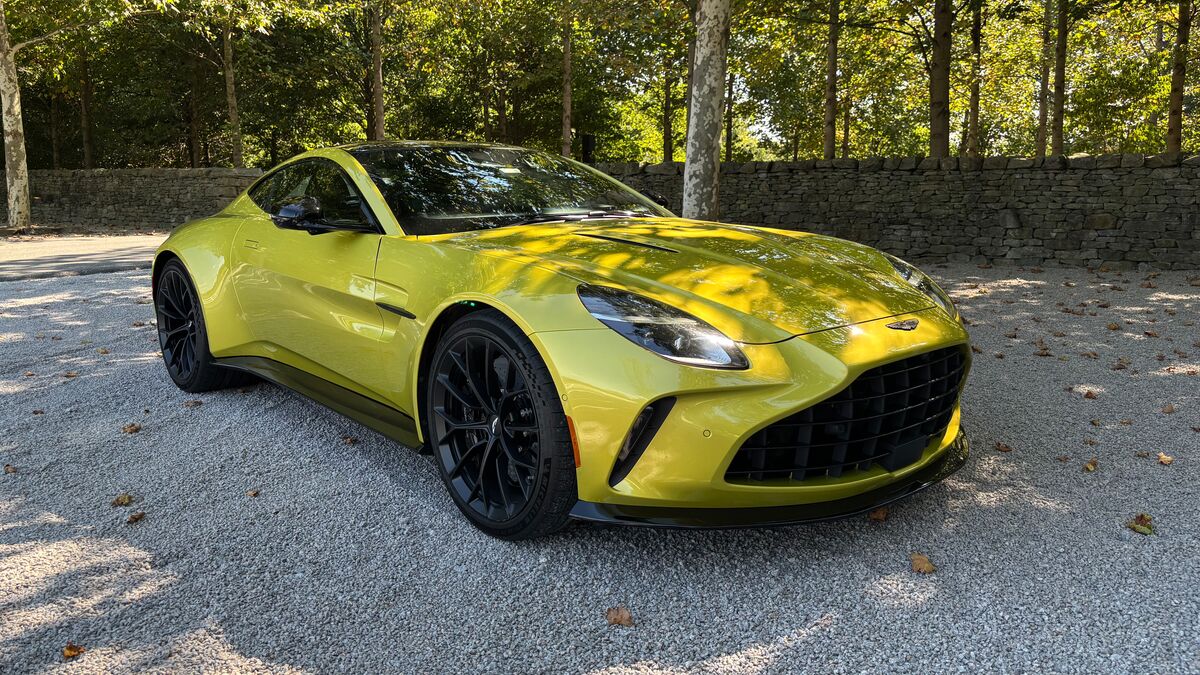One of the oldest debates in the automotive world is heating up thanks to, of all sources, the U.S. National Park Service (NPS). Answering wrong could cost you $5,000.
The debate? All-wheel drive (AWD) vs. 4-wheel drive (4WD).
A user in Reddit’s National Parks subreddit posted a letter they received from park service officials threatening them with a $5,000 fine for taking an all-wheel drive vehicle on a 4-wheel-drive-only road.
The letter threatens “a collateral forfeiture, a fine up to $5,000, up to six months imprisonment, and/or other penalties” if they do it again.
Related: AWD vs. 4WD – Which Is Better?
The car in question was a Subaru Crosstrek – a vehicle we’ve lauded for its light off-roading capability. KBB expert test driver Russ Heaps says its symmetrical all-wheel drive system “still doesn’t allow this SUV to tackle severe terrain, but it improves typical off-road experiences. Driving it on dirt paths in hilly terrain,” he writes, “we were impressed with its seamless reaction and relentless forward motion.”
However, all-wheel drive isn’t 4-wheel drive.
The Difference Explained
There are two types of all-wheel drive. Part-time systems most often send all their engine torque to either the front or rear wheels, but they can redirect torque to the other set when they detect a wheel slipping. Full-time all-wheel drive systems always send some torque to both axles but can direct more torque to the slipping wheels.
The driver never has to flip a switch or touch a button to engage full-time all-wheel drive.
Four-wheel drive systems tend to operate as 2-wheel drive systems on the road. The driver usually has to engage 4-wheel drive. When they do, a mechanism locks the front and rear axles together so that all four wheels get equal power. Four-wheel-drive systems have no mechanism to detect wheel slip. They drive all four wheels whenever they’re engaged.
AWD Improves, but 4WD Is the Off-Road Standard
Car enthusiasts could debate the park service on this one. All-wheel-drive systems have grown so capable in recent years that some competent off-road vehicles now use them. Ford calls the all-wheel-drive system the “Goes Over Any Terrain” (GOAT) system in its Bronco Sport. With no trouble, we’ve taken it on some pretty harsh trails in the off-road Mecca of Moab, Utah.
Most vehicles you think of when you hear the phrase “off-roader” use 4-wheel drive. The Jeep Wrangler, Ford Bronco, Range Rover and its Defender sibling, Toyota Land Cruiser, Lexus GX, and almost every pickup truck except the Honda Ridgeline, Ford Maverick, and Hyundai Santa Cruz have those switches to engage 4-wheel drive because they need them.
After all, when we took that Bronco Sport into Moab, Ford had four-wheel-drive rescue vehicles at the ready. The Bronco Sports on the trail never needed them, but even the people who design SUVs knew they needed them as a backup.
Most all-wheel-drive SUVs can hold their own on a logging trail or light off-road course, but on a more challenging course or a particularly muddy one, you’re likely to see them getting pulled out of trouble by a 4-wheel-drive vehicle.
The park service is probably right about this. The NPS says, “High clearance 4-wheel drive is required on motor vehicles traveling on the following roads: Elephant Hill, Salt Creek, Horse Canyon, Lavender Canyon, Lockhart Canyon, and Colorado Overlook Road.”








